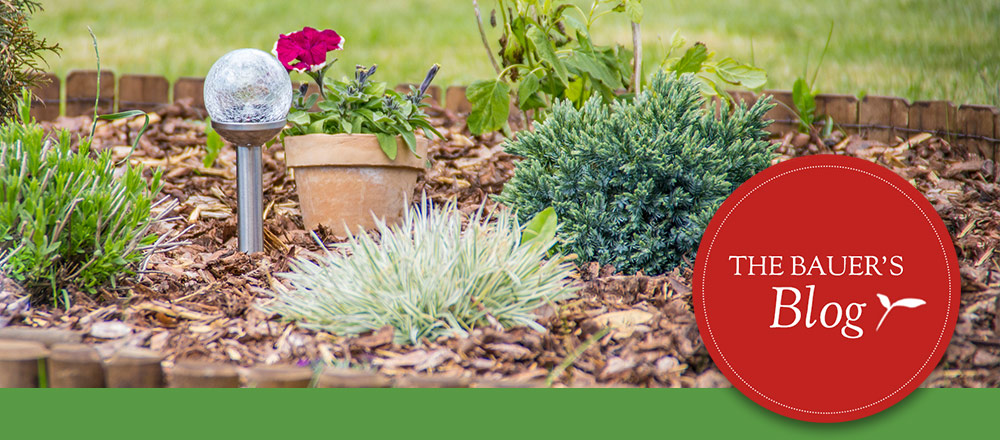It’s no secret that Minnesota is prone to harsh winter temperatures, especially this past winter. As much of a relief as it is when the snow begins to melt, many of us may notice our evergreens and arborvitae have some rusty areas that appear dead. This is called “winter burn”, or “winter kill”, and it is a common affliction for evergreens in our area. It may be that your newly planted evergreen isn’t fully acclimated to our hardiness zone, or it could be that we’ve had a particularly bad winter. In either case, there are steps you can take to heal your evergreen plants and protect them for the winter to come.

What is Winter Burn?
Winter burn is the result of moisture loss during frigid, dry temperatures. Evergreens and arborvitae transpire like all other plants, which involves releasing moisture into the air and absorbing new moisture from the air. If the plant loses moisture but is unable to replace it, the foliage slowly succumbs to dehydration. Dry air, exposure to salt, and high winds – all commonplace during our winters – are exactly the conditions that put evergreens and arborvitae at risk. Boxwoods, rhododendrons, and hollies are especially prone to developing winter burn.
What Does Winter Burn Look Like?
Winter burn may look slightly different depending on the plant type, but the signs are very obvious and easy to spot. Whether on evergreens, arborvitae, or even broadleaf evergreens, winter burn typically starts with the outer tips of foliage developing a brown, rusty color which develops inward toward the stems or trunk of the affected plant.
In some cases, the winter burn can be so severe the plant cannot be saved. Evergreens that are entirely consumed by winter burn are unlikely to recover and should be removed from the property, or they run the risk of harboring disease or insect infestations.

How Do You Fix Winter Burn on Evergreens?
For most hardy evergreens, a few rusty battle scars from the winter can be healed with some extra TLC. The first thing to note is that not all discoloration indicates dry, dead plant tissue. When treating a plant with winter burn, examine the affected branches. If you see live, new buds that are still plump, the branch is not dead. Another way to check is to scratch the branch with your nail and check to see if there is live, green tissue beneath the top layer of bark. If the branch is completely dry and no new growth has formed, the branch can be pruned off.
However, the pruning rules for winter burned plants vary from one plant to the next. Yews and boxwoods can sprout new growth at any point on a branch, so you can trim off dead sections of their branches and rest easy knowing the plant will recover. Pines, on the other hand, can only grow further out from the tips of their branches. That means that if your pine branch isn’t fully dead, you may want to leave it be. You can brush off a few of the damaged needles, but if you remove too much, the aesthetic damage will only become more pronounced.

How Do You Protect Evergreens from Winter Burn?
As it often goes in life, an ounce of prevention is worth a pound of cure. This is especially true for evergreens, which in many cases can take years to fully cover from a bad case of winter burn. Prevent your evergreens from developing winter burn by:
Watering them well – Since water loss is the primary cause of winter burn, the best thing you can do to prepare your evergreens is to give them lots of water before the winter freeze sets in. A slower irrigation system is more effective, as it gives the large roots of established evergreens more time to absorb the water before it runs through the soil. Try a drip irrigation system, or try a homemade method by poking a few small holes in a barrel and placing it at the base of the tree. Fill the barrel with water in the fall and refill it when it gets low.
Applying an anti-desiccant spray – Often used to keep Christmas trees from drying out too fast, anti-desiccant sprays slow down the transpiration process and force evergreens to hold onto moisture longer. Apply the spray once in late fall and a second time halfway through the winter season for best results.
Applying a thick layer of mulch – Since winter burn prevention is all about moisture conservation, it’s important to apply mulch to the base of the plant before the snow falls. This will help keep the roots hydrated, which will act as another line of defense against winter damage.
Applying proper fertilizers – Speak to one of the experts in our garden center to choose the right fertilizer formula for the evergreens and arborvitae on your property. Applying the right nutrients helps to ensure your evergreens are healthy and strong enough to withstand our winter conditions.
Winter isn’t easy for anyone around here, even the plants that seem to be made for it but with some smart planning, you can prevent winter burn and keep your beloved evergreens looking exactly as their name implies.







Leave A Comment